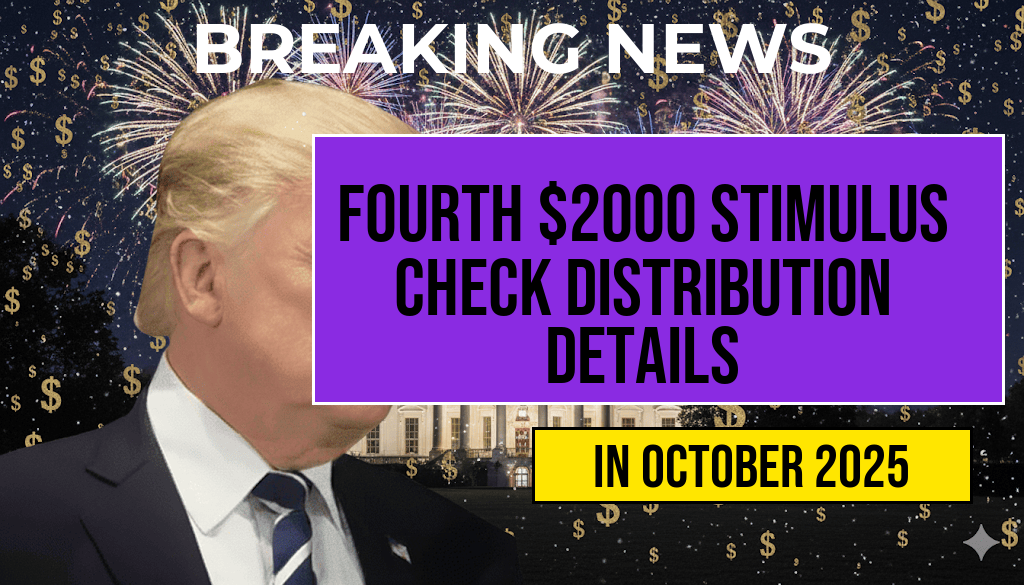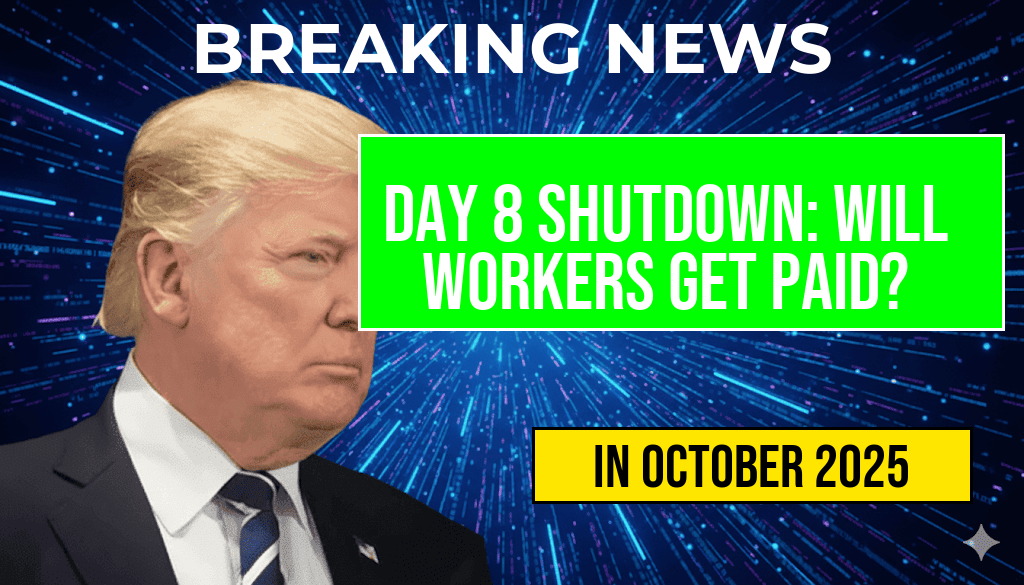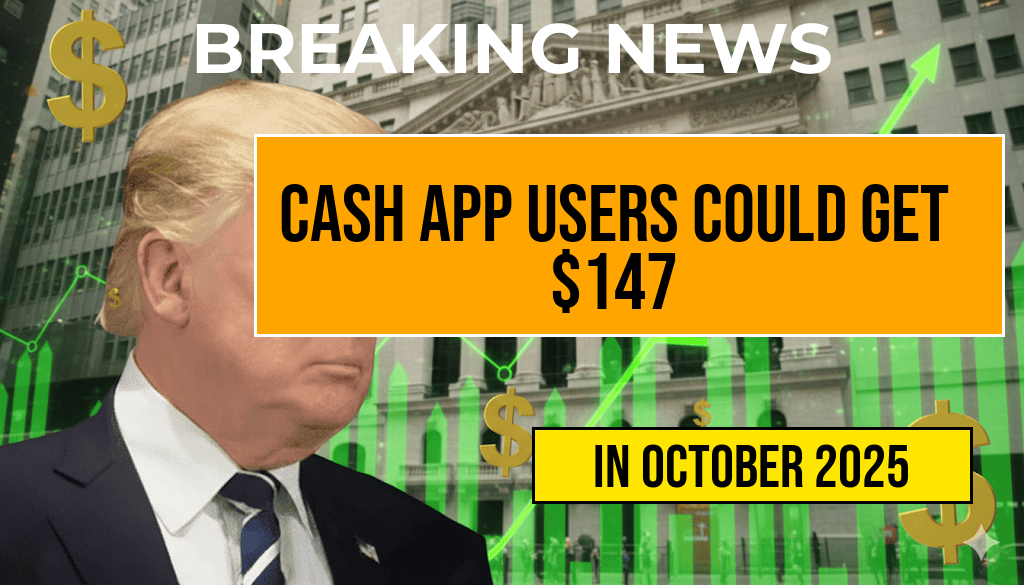The United States is currently distributing a fourth stimulus check of $2,000 to eligible recipients across multiple states and federal assistance programs. This phase of direct financial aid aims to support individuals and families amid ongoing economic challenges, including rising inflation and increased living costs. The deposits are scheduled to begin rolling out in the coming weeks, with specific eligibility criteria varying depending on the state and program involved. Eligible recipients should monitor their bank accounts and official communications for deposit notifications. This latest stimulus effort reflects ongoing efforts by policymakers to provide targeted relief, complementing previous rounds of stimulus payments issued during the COVID-19 pandemic. Details regarding eligibility, deposit schedules, and how to apply are outlined below to help residents navigate the distribution process effectively.
Who Qualifies for the $2,000 Stimulus Payment?
Eligibility Criteria Vary by State and Program
The $2,000 stimulus check is not universally available to all Americans but is instead contingent upon specific eligibility parameters set by federal and state authorities. Generally, qualifying individuals must meet criteria related to income levels, employment status, and residency. Many programs prioritize low- to moderate-income households, essential workers, and those impacted most significantly by economic disruptions.
For federal assistance, eligibility assessments often consider recent income, tax filings, and social security status. State-level distributions may have more tailored requirements, such as residency in a particular area or participation in specific assistance programs. Applicants should consult their state’s official government websites for precise information, including whether they qualify for the $2,000 disbursement.
Key Eligibility Factors
- Income thresholds, typically set at or below 80% of the Area Median Income (AMI)
- Residency within the state or locality distributing the funds
- Filing a recent tax return or qualifying through alternative documentation
- Participation in specified assistance programs such as SNAP, unemployment benefits, or housing subsidies
- Employment status, with some programs targeting essential or frontline workers
Distribution Schedule and Payment Details
Timeline for Deposits
The $2,000 stimulus checks are being distributed in phased schedules, depending on the state and program. Most payments are expected to be deposited directly into bank accounts on a rolling basis over the next several weeks. States like California, New York, and Illinois have announced specific timelines for their respective disbursements, which can be found on official state websites or through direct communication channels.
| State | Estimated Start Date | Distribution Method |
|---|---|---|
| California | October 15, 2023 | Direct deposit, prepaid debit cards |
| New York | October 20, 2023 | Direct deposit, mailed checks |
| Illinois | October 25, 2023 | Bank transfer, paper checks |
How to Confirm Payment
Recipients should check their bank statements or the online portals of their state’s assistance programs for confirmation of deposit. Many states provide tracking tools or email notifications to alert recipients when their payments are processed. For federal programs, the IRS’s official website offers guidance on payment status and troubleshooting.
Applying for the Stimulus Payment
Application Process and Documentation
In most cases, eligible individuals do not need to take additional action if they have previously filed tax returns or are enrolled in federal benefit programs. However, some states require a simplified application or online registration to process the payments. Applicants should prepare documentation such as recent tax returns, proof of residency, and identification details.
Those who missed earlier stimulus rounds may still have opportunities to apply, depending on the state’s procedures. It is advisable to visit official government websites for detailed instructions and application deadlines.
Additional Resources
As the distribution continues, eligible recipients are urged to stay informed through official channels to ensure they receive their payments promptly. The ongoing stimulus efforts aim to provide targeted financial relief during a period of economic uncertainty, supporting millions of Americans in managing essential expenses and safeguarding financial stability.
Frequently Asked Questions
What is the purpose of the fourth stimulus check of two thousand dollars?
The fourth stimulus check aims to provide additional financial relief to eligible individuals and families, helping them cope with ongoing economic challenges and support their household expenses during difficult times.
Who is eligible to receive the two thousand dollar stimulus check?
Eligibility criteria typically include income limits, filing status, and prior participation in previous stimulus programs. Specific requirements may vary by state or jurisdiction, so it’s important to review the official guidelines.
When will the deposit schedule for the stimulus checks be announced?
The deposit schedule details are currently being finalized and will be announced soon. Eligible recipients can expect to receive their payments via direct deposit or mail, depending on their chosen payout method.
How can I check if I am eligible for the fourth stimulus check?
You can verify your eligibility by visiting the official government website or the relevant state agency portal, where you can find detailed criteria and use any available eligibility tools or application forms.
Are there any restrictions or conditions for receiving the two thousand dollar check?
Yes, certain restrictions may apply, such as income limits, filing requirements, or residency status. It is important to review the official guidelines to ensure you meet all the necessary criteria for receiving the stimulus payment.






